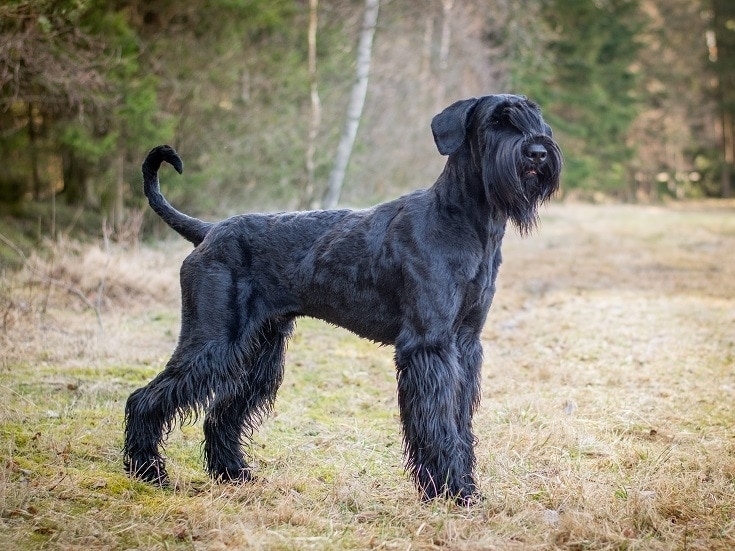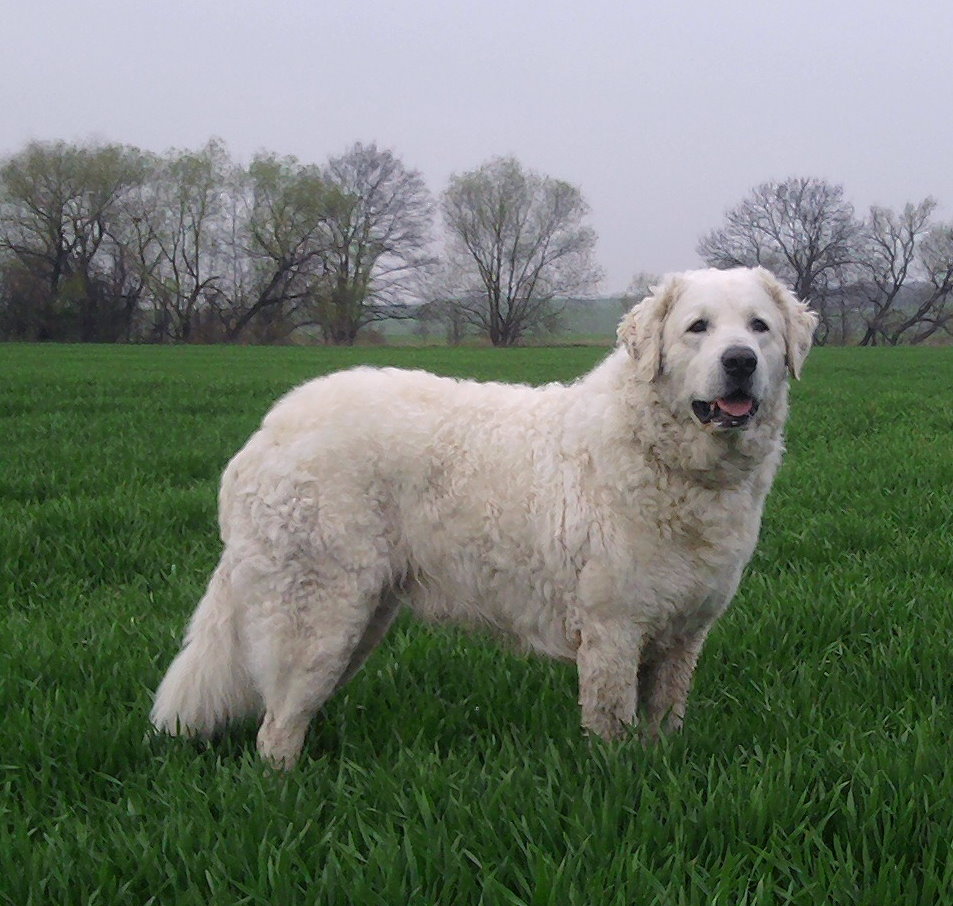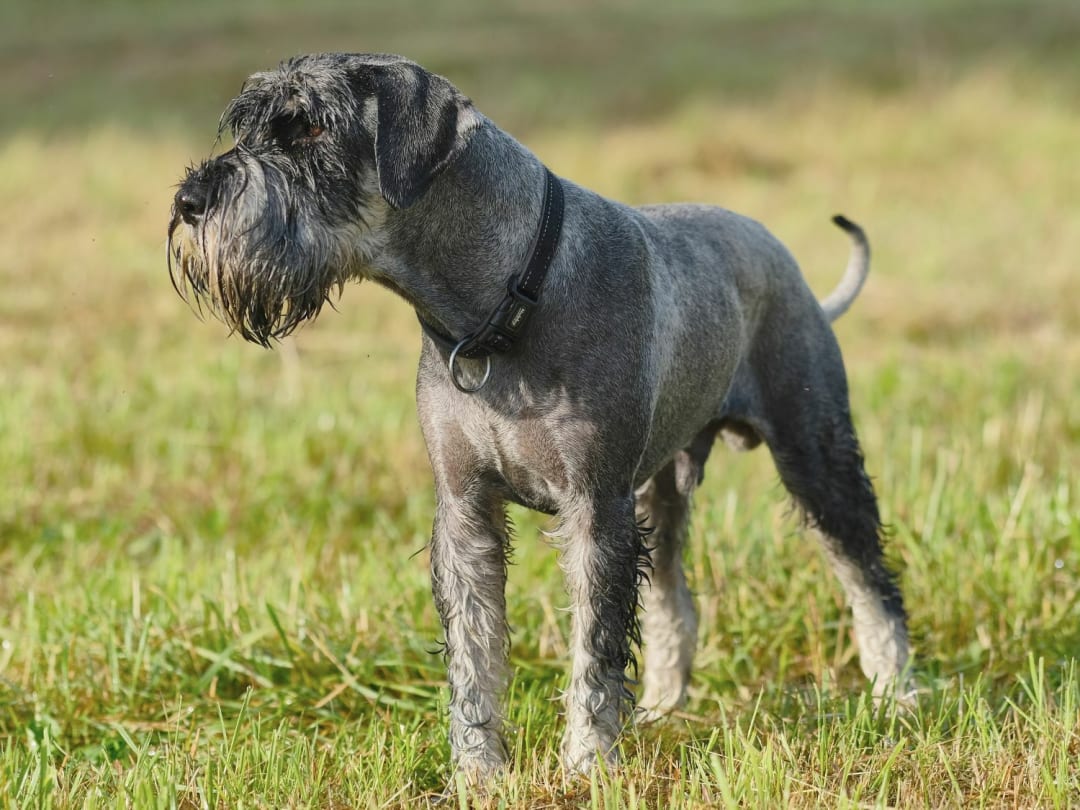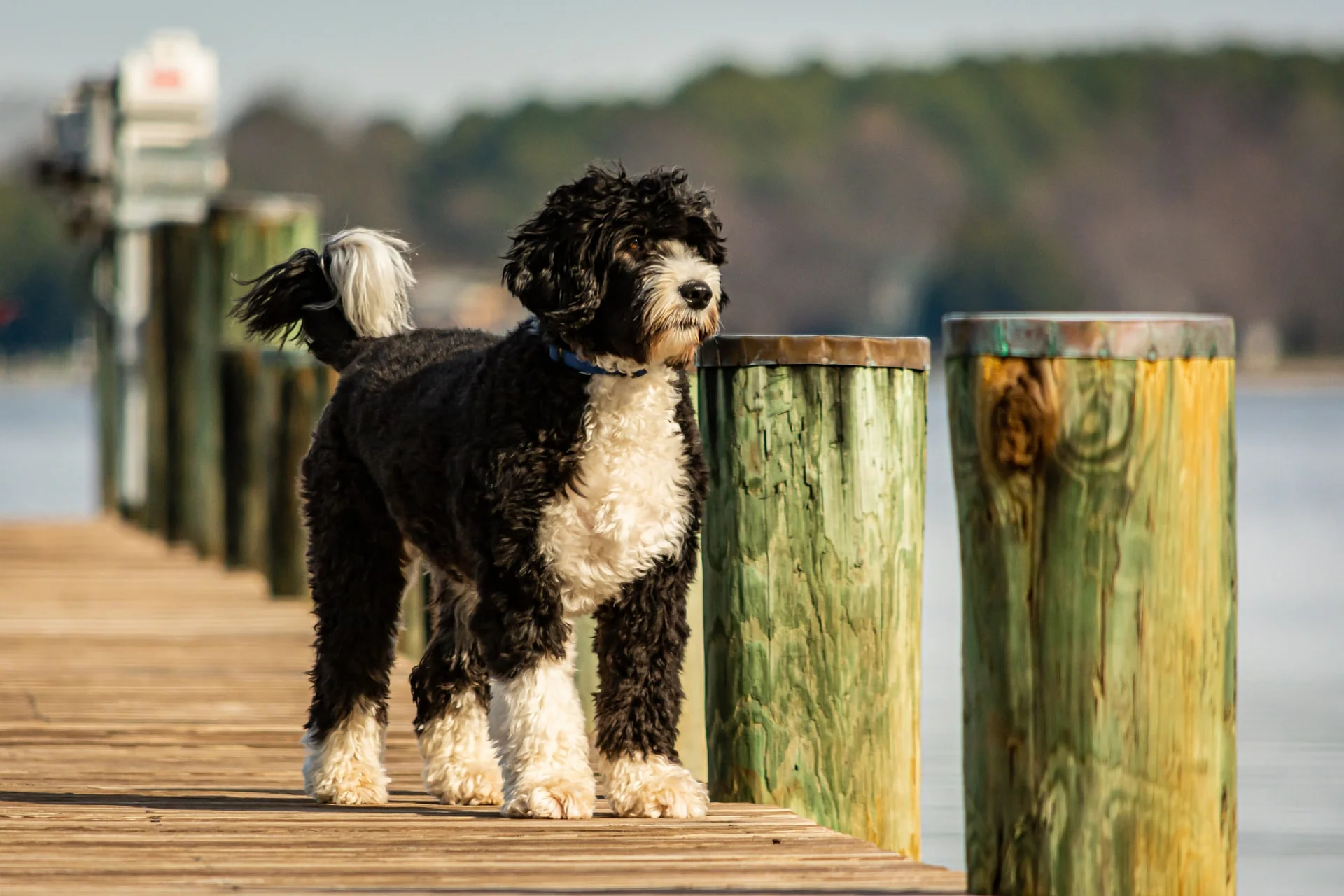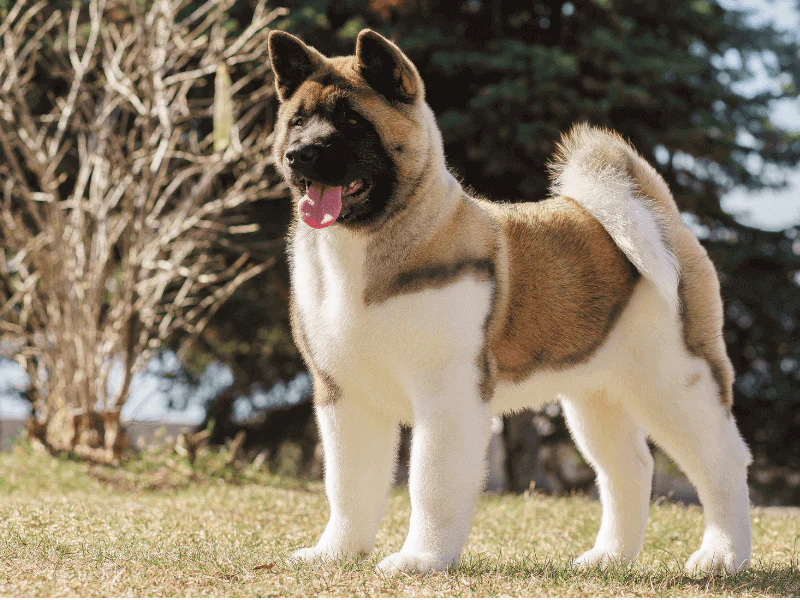If Standard Schnauzers are the sensible middle siblings and Miniature Schnauzers are the spunky little ones, Giant Schnauzers are definitely the imposing older siblings who secretly run the family. Despite their intimidating size and serious demeanor, these dogs have a fascinating history, incredible working abilities, and a loyal heart that makes them amazing companions for the right homes.
As someone who’s spent countless hours researching dog breeds (yes, I’m that person who reads dog breed encyclopedias for fun), I’ve developed a deep appreciation for these powerful, intelligent workers. Whether you’re considering adding a Giant Schnauzer to your family or just curious about these impressive bearded behemoths, this guide will give you the complete picture of what makes this breed so special.
So grab a coffee, get comfortable, and let’s dive into the world of the magnificent Giant Schnauzer!
Noble Heritage: From Bavarian Cattle Driver to Elite Working Dog
Unlike many ancient breeds that evolved naturally over centuries, the Giant Schnauzer was purposefully developed in the 17th century in the German regions of Bavaria and Württemberg. These dogs weren’t bred for the show ring or as lap warmers—they were created for serious work.
The breed’s development began with farmers who needed versatile working dogs to drive cattle from farm to market. Standard Schnauzers were already established as excellent farm dogs, but farmers wanted something larger and more imposing for handling cattle. To create this larger version, they crossed Standard Schnauzers with larger working breeds, possibly including:
- Great Danes
- Rottweilers
- German Shepherds
- Bouvier des Flandres
- Rough-haired sheepdogs
The result was an impressive working dog with the distinctive Schnauzer look but in a more powerful package. These early Giant Schnauzers were primarily used as drover dogs, helping to move cattle along roads to market. Their weather-resistant coats made them ideal for working in the harsh German climate.
By the turn of the 20th century, as industrialization reduced the need for cattle drovers, the Giant Schnauzer found new purpose. Their intelligence, trainability, and imposing presence made them excellent guard dogs for factories, breweries, and stockyards throughout Bavaria.
When World War I broke out, Giant Schnauzers began their career as military and police dogs—a role they continue to excel in today. They served as messengers, guard dogs, and all-purpose military canines. Their performance was so impressive that the breed was designated as an official “utility dog” for police and military work in Germany in 1925.
The Giant Schnauzer remained relatively unknown outside Germany until after World War I. They first arrived in America in the 1930s but remained rare until the 1960s, when they began to gain popularity. The American Kennel Club officially recognized the breed in 1930, but they’re still considered somewhat uncommon compared to many other working breeds in the United States.
Today, Giant Schnauzers continue their working legacy as police dogs, military dogs, search and rescue workers, and competitive sport dogs. In Europe, particularly Germany, the breed is still more commonly viewed as a working dog than a show dog, with many clubs requiring working titles before dogs can become confirmation champions.
Commanding Appearance: Size and Presence
The Giant Schnauzer lives up to its name with an impressive, powerful appearance that commands attention. Let’s break down the elements that make up their distinctive look:
Size and Build
Despite the “Giant” in their name, these dogs aren’t as massive as breeds like the Great Dane or Saint Bernard. They’re large and powerful but still agile and athletic. Males stand 25.5-27.5 inches at the shoulder and typically weigh 60-85 pounds. Females are slightly smaller at 23.5-25.5 inches and 55-75 pounds.
The Giant Schnauzer has a square, sturdy build—their body length from chest to rump roughly equals their height at the shoulder. They’re powerfully muscled without being bulky, with a deep chest, strong neck, and substantial bone structure that gives them their imposing presence.
The Signature Schnauzer Look
Like all Schnauzers, the Giant sports the breed’s distinctive facial furnishings—a bushy beard and eyebrows that give them a wise, sometimes stern expression. These aren’t just for show; historically, the thick hair around their mouth protected them while working with livestock.
Their heads are rectangular and strong, with a flat skull and a muzzle that’s about the same length as the skull. The transition from forehead to muzzle (called the stop) is slight but noticeable, giving them a distinct profile that’s neither too flat nor too sloped.
Coat and Colors
The Giant Schnauzer has a weather-resistant double coat consisting of a soft, dense undercoat and a harsh, wiry outer coat that’s about 2 inches long on the body. The coat is slightly longer on the legs and face, forming the beard and eyebrows that are hallmarks of the breed.
The American Kennel Club recognizes just two color varieties:
- Solid Black: A rich, true black throughout
- Salt and Pepper: Individual hairs banded with black and white, creating a grizzled effect
In the salt and pepper variety, the mixture varies in different parts of the body, with the beard, eyebrows, legs, and chest often appearing lighter than the body.
Ears and Tail
Traditionally, Giant Schnauzers had cropped ears and docked tails, practices that originated from their working dog history. Today, many countries have banned these cosmetic procedures, and many Giants now keep their natural V-shaped drop ears and full tails.
Whether cropped or natural, the ears are set high on the head and contribute to the breed’s alert, attentive expression. The natural tail is carried high when the dog is alert.
Temperament: Bold, Intelligent, and Intensely Loyal
The Giant Schnauzer has a temperament as commanding as its appearance. These are not casual pets for casual owners—they’re smart, strong-willed working dogs with definite opinions about how things should be done.
Intelligence and Trainability
Giant Schnauzers are exceptionally intelligent, ranking high in canine cognitive abilities. They learn quickly and have excellent problem-solving skills—which can be both a blessing and a challenge. They’re fast learners who excel in obedience, agility, tracking, herding, and protection work.
However, this intelligence comes with a healthy dose of independence. Giants aren’t typically people-pleasers who will obey simply to make you happy. They want to understand why they’re being asked to do something, and they’ll test boundaries to see what they can get away with.
Successful training requires consistency, firmness without harshness, and positive motivation. These dogs respond well to clear leadership and mental challenges but will quickly lose respect for inconsistent handling. Early, thorough socialization is absolutely essential for a well-adjusted Giant Schnauzer.
Working Drive and Energy
As a working breed, Giant Schnauzers have significant energy and drive. They need both physical exercise and mental challenges to stay happy and balanced. A bored Giant Schnauzer is likely to create their own entertainment—usually in ways that humans won’t appreciate!
These dogs excel in various dog sports and activities, including obedience, agility, Schutzhund/IPO (protection sport), herding, tracking, and even dock diving. They need daily exercise beyond just a casual walk around the block—think long hikes, running, swimming, or structured training sessions.
Their working heritage also gives them a high protective drive. Giants are naturally watchful and alert, making them excellent guard dogs who will warn off intruders with their imposing presence and deep bark. With proper training, they learn to discern between normal situations and genuine threats.
Family Loyalty and Bonds
Giant Schnauzers form intense bonds with their families and are deeply loyal to their people. They’re not one-person dogs but instead tend to be protective of their entire household. While they can be aloof or reserved with strangers, they’re typically affectionate and even playful with family members.
These dogs are happiest when they’re involved in family activities. They don’t do well as backyard dogs who are kept separate from the household. A Giant Schnauzer wants to be where the action is, participating in whatever their people are doing.
With children, Giants can be gentle and protective, though their size and energy level mean all interactions should be supervised. They’re best suited to homes with older children who understand how to properly interact with dogs. Early socialization with children is important to ensure the dog learns appropriate behavior.
Relationship with Other Animals
Giant Schnauzers can get along with other dogs and pets, especially if raised with them from puppyhood. However, some individuals may be dominant or aggressive toward unfamiliar dogs, particularly those of the same sex.
Their herding background can also trigger chasing instincts toward running animals, including neighborhood cats or small pets. Early socialization and training can help manage these tendencies, but they should always be supervised around smaller animals.
Health and Lifespan: Robust Working Dogs with Good Longevity
For a large breed, Giant Schnauzers typically enjoy good health and surprisingly good longevity when properly cared for. Here’s what you should know about their health profile:
Lifespan
Giant Schnauzers generally live 12-15 years, which is impressive for a dog of their size. A recent UK study found an average lifespan of 12.1 years, which is close to the average for all purebred dogs (12.7 years). With good care, many Giants remain active and vital well into their senior years, maintaining their working abilities and alert minds.
This relatively long lifespan compared to other large breeds may be due to their working heritage, where functionality and health were prioritized over extreme physical characteristics.
Common Health Concerns
While Giant Schnauzers are generally healthy, they can be prone to certain conditions:
- Hip Dysplasia: A malformation of the hip joint that can lead to arthritis and mobility issues. Reputable breeders screen breeding stock for this condition.
- Osteochondritis Dissecans (OCD): A developmental condition affecting the joints where cartilage doesn’t properly convert to bone, causing pain and lameness. Proper nutrition during growth is important for prevention.
- Hypothyroidism: A condition where the thyroid gland doesn’t produce enough hormones, leading to metabolism, skin, and coat issues. Treatable with medication.
- Eye Problems: Various eye conditions can affect the breed, including cataracts and progressive retinal atrophy. Regular eye examinations are recommended.
- Autoimmune Diseases: Giant Schnauzers may be prone to various autoimmune conditions, where the immune system attacks the body’s own tissues.
- Dilated Cardiomyopathy: A heart condition where the heart becomes enlarged and weakened. Regular cardiac evaluations can help detect early signs.
Working with a reputable breeder who performs appropriate health testing is essential for minimizing these risks. Ask about hip evaluations, eye certifications, and cardiac screenings for any breeding dogs.
Preventative Care
To help ensure your Giant Schnauzer lives a long, healthy life:
- Feed a high-quality large breed food appropriate for their age and activity level
- Maintain a healthy weight—obesity puts extra stress on joints and overall health
- Provide regular veterinary check-ups, including annual health screenings
- Ensure they receive appropriate vaccinations and parasite prevention
- Provide regular dental care, including tooth brushing
- Give appropriate exercise without overexertion, especially in growing puppies
For puppies, proper nutrition is particularly important. Giant Schnauzer puppies should be fed large-breed puppy food with appropriate calcium levels to support healthy bone and joint development without promoting too-rapid growth.
Living With a Giant Schnauzer: Day-to-Day Realities
Before bringing a Giant Schnauzer into your home, it’s important to understand what daily life with these powerful working dogs entails. They have specific needs and characteristics that make them wonderful companions for the right homes but potentially challenging for others.
Exercise Requirements
Giant Schnauzers have significant exercise needs that go beyond just physical activity—they need mental stimulation as well. Plan for:
- At least 60-90 minutes of vigorous exercise daily
- Activities that challenge both body and mind
- Variety to prevent boredom—hiking, swimming, playing fetch, agility courses
- Training sessions that give their intelligent minds something to work on
These are not weekend warriors who can be inactive all week and then burn off energy on Saturday—they need daily outlets for their physical and mental energy. Without adequate exercise and mental stimulation, Giants can become destructive, anxious, or develop problem behaviors like excessive barking or digging.
Many Giant Schnauzer owners participate in dog sports like agility, obedience, tracking, or protection work to give their dogs appropriate outlets for their working drives. These activities also strengthen the bond between dog and owner.
Grooming Needs
The Giant Schnauzer’s distinctive look comes with specific grooming requirements:
- Brushing: The dense double coat needs brushing at least 2-3 times weekly to prevent matting and remove loose hair. Daily brushing is ideal during seasonal shedding periods.
- Coat Maintenance: Traditionally, the coat is hand-stripped (where dead hair is plucked out) rather than clipped to maintain proper texture. However, many pet owners opt for professional clipping every 8-10 weeks for convenience.
- Beard Care: The beard requires special attention, as it collects food, water, and debris. Daily wiping and regular cleaning help prevent staining and odor.
- Bathing: Giants typically need bathing every 4-6 weeks, depending on activity level and coat condition.
- Regular Maintenance: Nail trimming, ear cleaning, and dental care should be part of the routine grooming regimen.
While Giants don’t shed as heavily as some breeds, they are not non-shedding dogs. Their coarse hair tends to stay in the coat rather than falling freely around your home, but regular brushing is necessary to manage shedding.
Many Giant Schnauzer owners build a relationship with a professional groomer experienced with the breed, as maintaining the distinctive look requires skill and the right equipment.
Training and Leadership
Giants require consistent, firm leadership from day one. They’re too intelligent, strong-willed, and physically powerful to be allowed to develop bad habits. Effective training for a Giant Schnauzer includes:
- Early socialization with different people, animals, environments, and situations
- Positive reinforcement methods—these dogs respond poorly to harsh corrections
- Clear boundaries and consistent rules
- Regular mental challenges that engage their problem-solving abilities
- Ongoing training throughout their lives, not just in puppyhood
Giant Schnauzers are not recommended for first-time dog owners or those who aren’t prepared to be consistent leaders. These dogs will test boundaries and can become dominant if allowed. They need someone who can be firm without being harsh, providing the clear leadership they respect.
With proper training, Giants develop into reliable, well-mannered companions who can navigate various social situations with confidence and appropriate behavior.
Living Environment
Giant Schnauzers are adaptable and can live in various environments, provided their exercise and mental stimulation needs are met. Ideal living situations include:
- A home with a securely fenced yard where they can play safely
- Access to varied exercise environments—parks, trails, swimming areas
- Space indoors for this large dog to move comfortably
- A relatively active household where they won’t be left alone for extended periods
While technically possible to keep a Giant in an apartment, it’s challenging due to their size and energy level. Apartment-dwelling Giants need owners who are committed to providing multiple daily outings for exercise.
These dogs form strong bonds with their families and don’t do well when isolated or left alone for long periods. They want to be involved in household activities and can develop separation anxiety if regularly left alone for extended hours.
Is a Giant Schnauzer Right for You?
After learning about these impressive dogs, you might be wondering if a Giant Schnauzer would be a good fit for your lifestyle. Here’s a candid assessment of who tends to do well with this breed:
You Might Be a Good Giant Schnauzer Owner If:
- You’re experienced with dogs: If you’ve successfully owned and trained other large, intelligent breeds
- You’re active and outdoorsy: If you enjoy daily hikes, runs, or other vigorous activities
- You’re consistent with leadership: If you can provide clear boundaries and ongoing training
- You’re home frequently: If your lifestyle allows for regular interaction with your dog
- You enjoy training challenges: If you find intelligent, sometimes stubborn dogs engaging rather than frustrating
- You want a protective companion: If you appreciate a dog that will naturally guard your home
- You can commit to grooming: If you’re willing to handle regular grooming needs or pay for professional grooming
This Might Not Be Your Breed If:
- You’re a first-time dog owner: If you haven’t developed handling skills with easier breeds first
- You have a sedentary lifestyle: If you can’t provide daily vigorous exercise
- You’re away from home most of the day: If your dog would regularly be alone for 8+ hours
- You have very young children: If you have toddlers who might be knocked over by an energetic giant
- You want an instantly friendly dog: If you prefer dogs that immediately love everyone they meet
- You can’t commit to training: If you don’t have time for ongoing training and mental stimulation
- You live in very close quarters: If you don’t have space for a large, active dog
Finding a Giant Schnauzer
If you decide a Giant Schnauzer is right for your family, here are your main options:
Reputable Breeders: The Giant Schnauzer Club of America can help connect you with responsible breeders who health test their dogs. Expect to pay between $1,500-$2,500 for a well-bred puppy, and be prepared for a waiting list, as they’re not as commonly bred as many other dogs.
Rescue Organizations: Giant Schnauzer rescue organizations exist throughout the country, and these groups can help match you with a dog that fits your lifestyle. Adult Giants can be wonderful companions and may already have basic training. Various all-breed rescues occasionally have Giants as well.
Whichever route you choose, take time to research thoroughly and ensure you’re working with ethical sources that prioritize health and temperament.
Life With a Giant Schnauzer: Owner Insights
To give you a feel for what life with a Giant Schnauzer is really like, here are some perspectives from owners:
“My Giant is like having a security system with fur. He alerts us to anything unusual, positions himself between us and strangers, and has a presence that makes people think twice. But at home, he’s a total goofball who thinks he’s a lap dog despite weighing 85 pounds.”
“The intelligence is both amazing and sometimes frustrating. My Giant figured out how to open the refrigerator, the pantry, and the gate latch within weeks of coming home. I’m constantly having to stay one step ahead of her problem-solving skills.”
“Training is non-negotiable with this breed. An untrained Giant is like having a furry bulldozer with opinions about how things should be done. But a well-trained one is an incredible partner who can do practically anything you ask.”
“The exercise needs are real. My Giant and I run 5 miles every morning, and then he does agility training three evenings a week, plus weekend hikes. Without this level of activity, he’d be climbing the walls.”
“He’s turning 13 and still acts like a dog half his age. These dogs age incredibly well—still smart, still active, still full of personality well into their senior years. Best investment in a companion I’ve ever made.”
Final Thoughts: The Magnificent Giant Schnauzer
The Giant Schnauzer is truly a special breed—combining power, intelligence, and loyalty in a distinctive, commanding package. Their blend of protective instincts and family devotion, working ability and companionship makes them unique partners for those who appreciate a dog with both physical presence and mental depth.
While they’re not the easiest dogs to live with—requiring consistent training, regular exercise, and ongoing grooming—they reward their owners with unwavering loyalty, impressive versatility, and a relationship that’s never boring. Their ability to excel in everything from competitive dog sports to family protection to simple companionship has won them dedicated fans despite their relative rarity.
Perhaps most telling is how many Giant Schnauzer owners go on to have multiple Giants throughout their lives. Once you’ve experienced life with these bold, bearded powerhouses, other breeds may seem to lack that special combination of majesty and connection that defines the Giant Schnauzer.
Have you had the pleasure of knowing a Giant Schnauzer? Or are you considering adding one to your family? Share your experiences or questions in the comments below!
